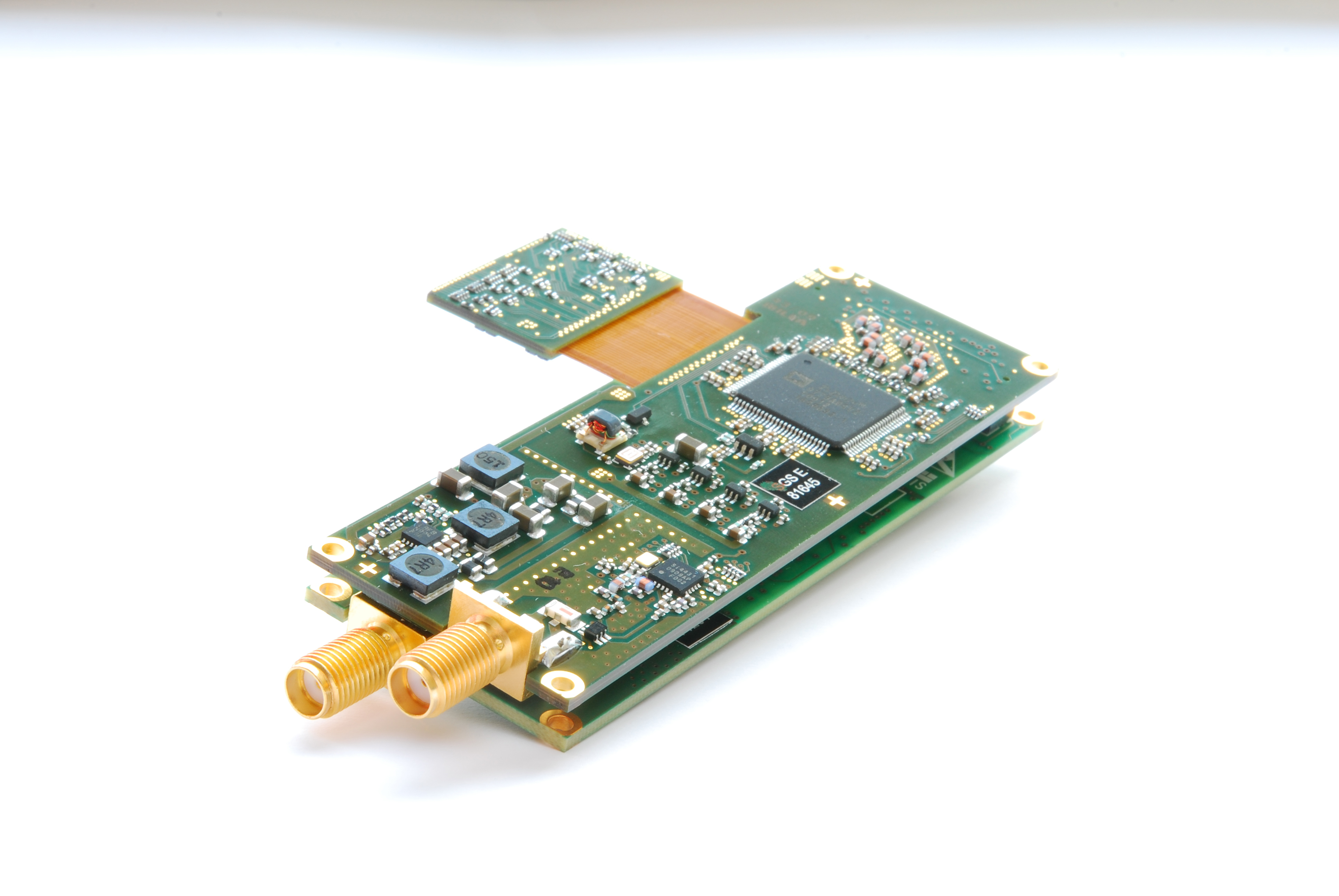Fraunhofer IIS develops application-specific linearization methods for RF power amplifiers that enable distortion-free and energy-efficient signal amplification. With our comprehensive know-how in the field of amplifier development for various radio communication standards, we are well-positioned to offer expert advice regarding the development, simulation and implementation of suitable linearization methods.
The following linearization methods have been successfully tested in real environments:
- Analog pre-distortion
- Adaptive digital pre-distortion
- Feed forward
- Cartesian and polar loop
- LiST (Linear amplification using sampling techniques)
During the development phase, simulations serve as the basis for a successful later implementation in different applications such as base stations, mobile devices or broadcast transmitters.
